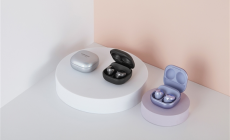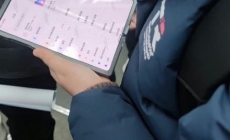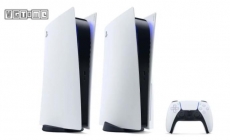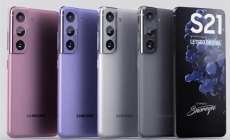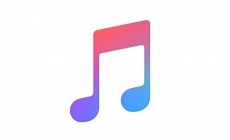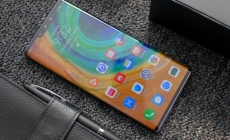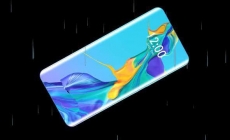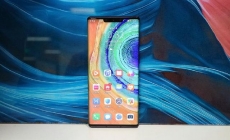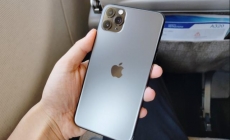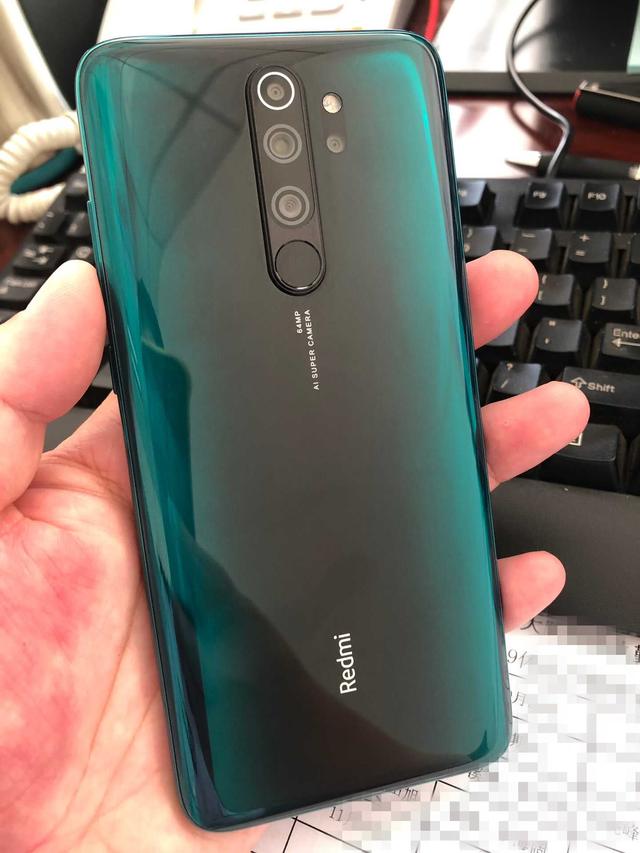-
Samsung Buds Pro wireless noise canceling headphones released: 28 hours of battery life - January 16, 2021
-
Mi 8-inch folding screen real machine spy photos overlap: internal folding design, equipped with 100 million pixel camera or debut in spring - January 16, 2021
-
New member of the four-second club, Lynk & Co’s ZERO concept production car starts dynamic testing - December 12, 2020
-
Spike 99% of the models Tesla concept bikes exposed! - December 12, 2020
-
PS5 becomes the first console in the United States with the highest monthly sales and sales - December 12, 2020
-
Samsung will launch a special protective case to support S21 Ultra to accommodate S Pen - December 12, 2020
-
iOS14.3 will be released soon, Apple Music will support album artwork animation - December 12, 2020
-
The peak of the work, four camera like the emperor: Mate 30 PRO out of the box - October 8, 2019
-
Huawei P40 design is more radical, rear five-shot lens, 100 million pixels impact DxO list? - October 8, 2019
-
Apple broke 100 million in a minute, Huawei broke 500 million in one minute, but Mate30 lost to iPhone11. - October 8, 2019
As the company further advances artificial intelligence and cloud computing, Microsoft’s Windows executives leave
Microsoft today announced another major restructuring that will take the core of the company’s Windows operating system to a new direction. As Microsoft seeks to unify its artificial intelligence and core Windows operating system components into a single team, Windows CEO Terry Myerson is leaving the company. Microsoft is dividing Windows into two teams. The core of the so-called Windows platform team will be led by Scott Guthrie, who is currently responsible for Microsoft’s Azure cloud platform. Microsoft’s AI platform work will also enter this team. Harry Shum will continue to lead an engineering team, AI + Research, focusing on technological advances that can be used for future Microsoft products.

Microsoft is also creating a separate department called “Experience and Devices,” which manages the Windows client versions you see on laptops and devices, first-party applications, Office 365 and Surface hardware. Rajesh Jha, who was the head of the office, will lead the new team because Terry Myerson will leave after a few months. The team won’t manage the core components of the Windows platform, but it will handle the experience you see on it like the Windows 10 shell. This is part of Microsoft’s vision for the future of Windows: a smart model that runs on smart hardware.
Speaking of hardware, Microsoft’s Surface CEO Panos Panay is now the chief product officer of Microsoft’s first-party devices such as Surface and HoloLens. Joe Belfiore also stayed under the main Windows team to provide operational experience for PCs and devices. Belfiore will be responsible for sharing more Windows roadmaps at the company’s Build Developers Conference in May. The Xbox unit remains unchanged, and Microsoft’s overall game work is led by Phil Spencer.
Despite this major change, CEO Satya Nadella said in a memo to employees that “the future of Windows is bright.” Nadella seems to be focusing on the company’s core Windows work, Azure and IoT devices in a team that injects artificial intelligence into it. At the same time, Microsoft is also creating an AETHER committee that will bring together senior executives of the company to discuss how to deal with artificial intelligence issues. The company calls it “responsible.” the way”. Harry Shum and Microsoft’s chief legal officer Brad Smith created the committee.
It’s hard not to think of this new reorganization as a major change for Microsoft and Nadella, and another indication that Windows is more valuable to Microsoft’s future artificial intelligence and cloud business than it is today. This is another sign that Microsoft is using its growth: cloud, enterprise services and artificial intelligence. The true future of Windows will now be combined with Microsoft’s future cloud computing, and companies will have to balance consumer/business needs in the process.
Microsoft has been working hard to solve consumer service, hardware and Windows Phone failures. Last year, Microsoft began to give up its consumer-centric efforts. The software giant killed the streaming music platform Groove Music and supported Spotify. Kinect officially died, and Microsoft finally confirmed the death of Windows Phone. Microsoft is now focusing on iOS and Android apps and trying to make these mobile devices work better in Windows 10.
We haven’t seen these efforts fully emerged, but Windows 10 received two major updates last year, with a focus on mixed reality, creating 3D Paint and pen/touch improvements. A generic Windows application should be the future of Windows across multiple devices, but now the true future of Windows seems to understandably help the company’s cloud and AI work, while trying to adapt to future PCs is very different.
This is an emotional day for me because I look forward to starting my next chapter outside of Microsoft in a few months. We have been discussing this issue, but today it has become real.
